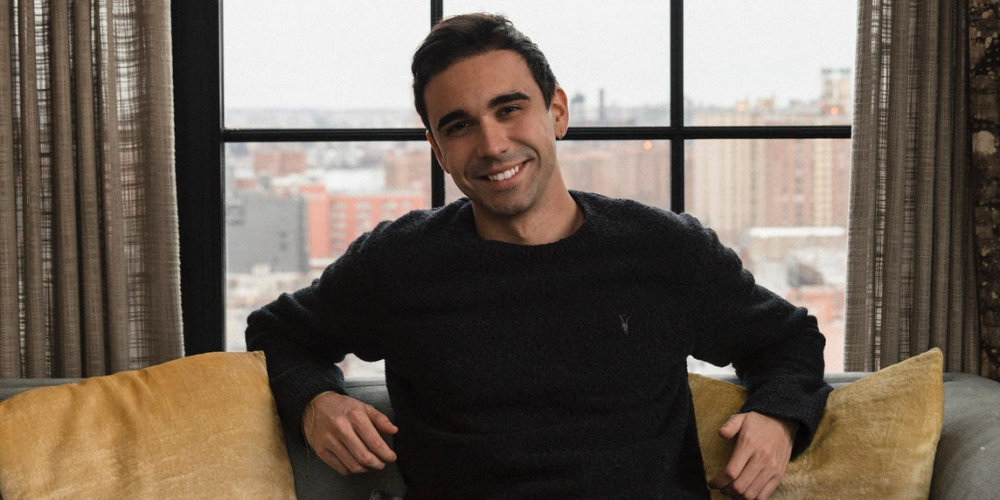Every month, if you find yourself rummaging through an empty wallet or staring at an empty bank account balance, despite having just cashed your paycheck, you are not alone. In this fast-paced world, where the cost of living seems to be on an ever-upward trajectory, managing finances has become a tightrope walk for many.
However, what is even more surprising is that this is not just a problem for those in lower income brackets–over half of Americans earning above $100,000 a year are also caught in this cycle. So, what is going on here? Let’s figure it out together:
Understanding Lifestyle Inflation
One of the key factors contributing to this phenomenon is what many experts call ‘lifestyle inflation’ or ‘lifestyle creep.’ This concept is pretty straightforward: As a person’s income increases, so does their spending. It is the classic case of “more money, more problems.”

Andrea / Pexels / According to reports, more than 60% of Americans are living paycheck to paycheck.
You get a raise, and suddenly you are dining at pricier restaurants, upgrading your car, or moving to a more upscale neighborhood. These upgrades, while enjoyable, can quickly add up, leaving you wondering where all that extra income went.
Debt Is the Silent Budget Killer
Let’s not forget about debt. For many high earners, student loans, credit card debt, and mortgages eat up a significant chunk of their income. The allure of credit cards with rewards and points often leads to a spending spree, culminating in a hefty bill at the end of the month.
And with the average student loan debt hovering around a staggering amount, it is no wonder many are struggling to stay afloat financially.
The Rising Cost of Living Conundrum
Another undeniable factor is the rising cost of living. We are talking about increases in rent, healthcare, education, and even daily essentials like groceries. For many, even a six-figure salary does not stretch as far as it used to.

Ed / Pexels / Experts suggest that ‘lifestyle inflation’ is to be blamed here.
However, it is not just about splurging on luxuries. It is about keeping up with the escalating expenses of everyday life.
Emergency Savings: Or a Lack Thereof
A shocking number of Americans, regardless of their income, lack an emergency fund. Without this financial cushion, any unexpected expense, be it a medical emergency or car repair, can throw their budget off balance. This lack of savings is a critical issue, leaving many just one unexpected bill away from financial distress.
Similarly, social pressures can not be overlooked in this equation. The desire to keep up appearances, fueled by social media and societal expectations, often leads to unnecessary spending. Whether it is the latest gadget, a luxury car, or a vacation to an exotic locale, the pressure to “keep up with the Joneses” is real and can be financially crippling.

Fring / Pexels / One of the main reasons why many Americans live paycheck to paycheck is the rising cost of living.
A Shift in Priorities
Interestingly, there is also been a shift in how people prioritize their spending. Experiences, particularly among younger generations, are often valued over saving. Travel, dining out, and other social activities might take precedence over putting money away for the future.
So, what is the solution, you ask? It all boils down to finding a balance. Financial planning, budgeting, and living within one’s means, regardless of income, are crucial. It is about making conscious decisions about spending and saving. There is nothing wrong with enjoying the fruits of your labor. But it is equally important to plan for the future.












